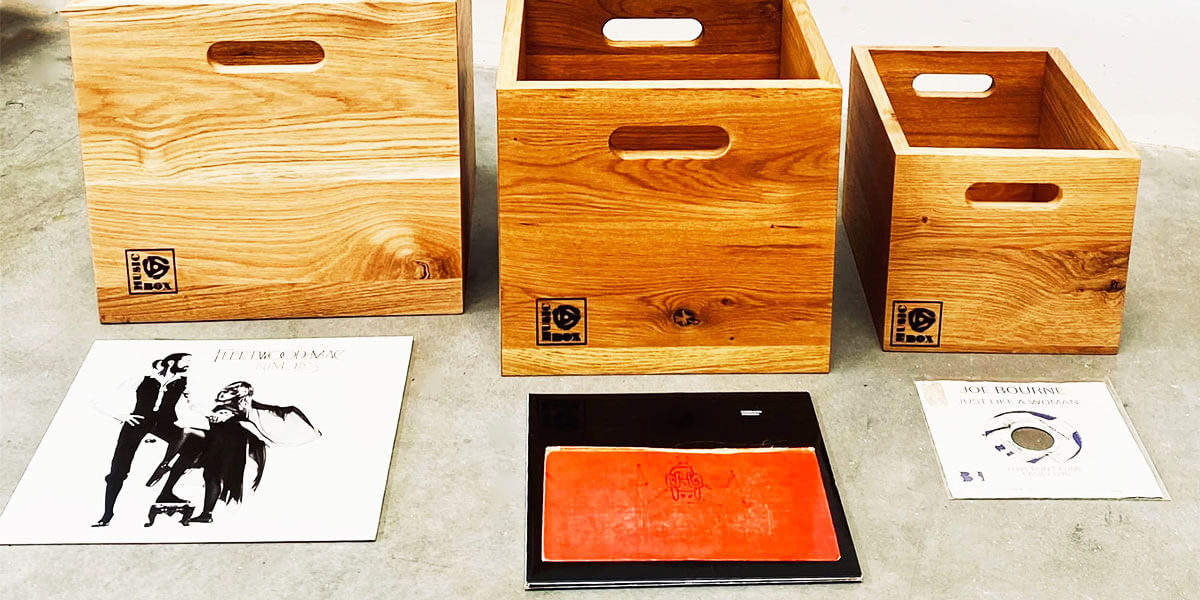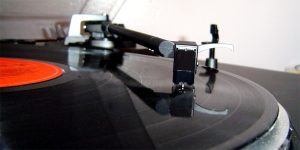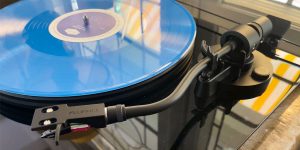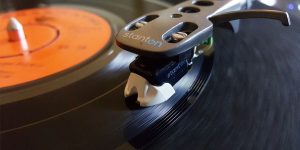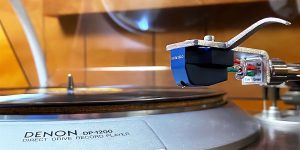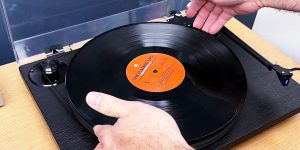Over the past few years, the music world has witnessed a remarkable resurgence of a vintage favorite: vinyl records. Among the many reasons for this revival is the allure of vinyl’s tangible nature and its rich sound quality. But did you know there’s a whole spectrum of vinyl record types awaiting collectors and audiophiles? From varying sizes to different playback durations, the world of vinyl offers a wealth of choices. As we dive deeper into this topic, you’ll discover the diverse record dimensions and different types of vinyl records.
The classic 33 1/3 RPM LP (Long Play) records
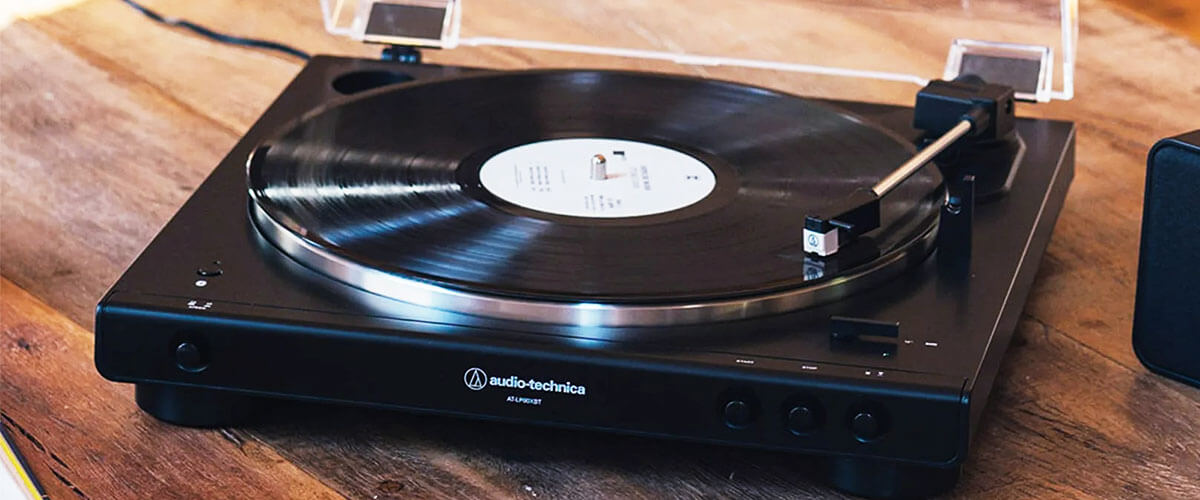
Introduced in 1948 by Columbia Records, the 33 1/3 RPM LP (Long Play) record marked a revolutionary advancement in the world of vinyl. Prior to its emergence, the dominant format was the 78 RPM, which had limited playback time. The 33 1/3 RPM LP was a game changer, offering listeners an extended musical experience.
Typical characteristics of the 33 1/3 RPM LP:
- Diameter: Traditionally 12 inches, although there were some rare 10-inch LPs.
- Capacity: Up to 22 minutes of music per side, allowing for roughly 44 minutes in total on a standard two-sided LP.
- Playback speed: As the name suggests, 33 1/3 revolutions per minute.
What set the 33 1/3 RPM LP apart wasn’t just its technical specifications but its cultural impact. With the ability to house multiple tracks on a single disc, artists and record labels began to think of albums not just as a collection of singles but as a cohesive body of work.
Moreover, the extended playtime altered the way music was consumed. Instead of listening to one or two songs and then changing the disc, listeners could now immerse themselves in a more extended musical journey. This encouraged artists to experiment, resulting in the birth of concept albums and intricate musical masterpieces.
The singles: 45 RPM records
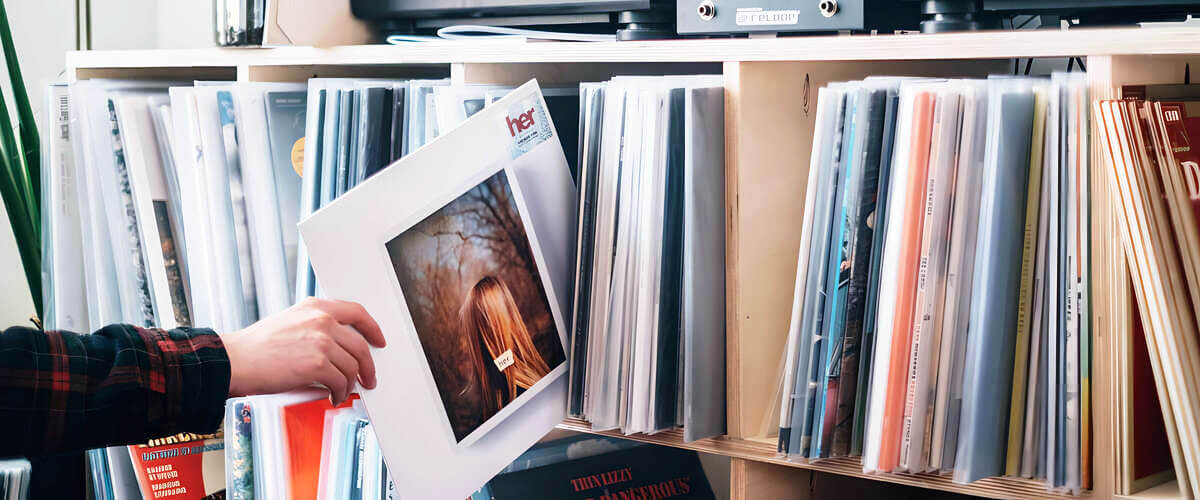
Distinct from its larger cousin, the 33 1/3 RPM LP, the 45 RPM record, commonly known as the “single”, made its mark with its compact size compared to other vinyl record sizes and focus on individual tracks.
Typical characteristics of the 45 RPM Records:
- Vinyl record diameter: Typically 7 inches.
- Capacity: One song per side, with a total playtime usually ranging between 2 to 5 minutes per side.
- Playback speed: 45 revolutions per minute.
- Center hole: Larger than that of LPs, designed for quick placement on jukebox spindles.
The introduction of the 45 RPM record in 1949 by RCA Victor brought about a seismic shift in the music industry. Its format perfectly suited the burgeoning pop music scene, giving rise to the ‘hit single’. This smaller, more affordable disc became the go-to medium for artists to release their latest tracks to the masses.
For collectors, the 45 RPM holds a special allure. With vibrant cover art, B-side tracks (often not found on LPs), and sometimes rare pressings, they remain a coveted item.
Extended play (EP) records

Nestled comfortably between the concise format of the single and the comprehensive depth of a full-length album lies the Extended Play, or EP. EPs typically span more tracks than singles but fewer than albums, offering a middle ground that allows artists to explore a theme or concept without the commitment of a full album.
Characteristics of EP Records:
- Diameter: Often 7 inches, like the 45 RPM single, but 12-inch versions also exist.
- Capacity: Usually contains 3 to 5 tracks, offering a total playtime that’s longer than a single but shorter than an LP.
- Playback speed: Typically 45 RPM, although some are played at 33 1/3 RPM.
The EP’s significance is multifold. For emerging artists, it presents an opportunity to introduce themselves to audiences without the pressure of producing an LP. For established acts, EPs can be a platform to release experimental tracks, cover versions, or a thematic collection of songs.
78 RPM records: a historical perspective
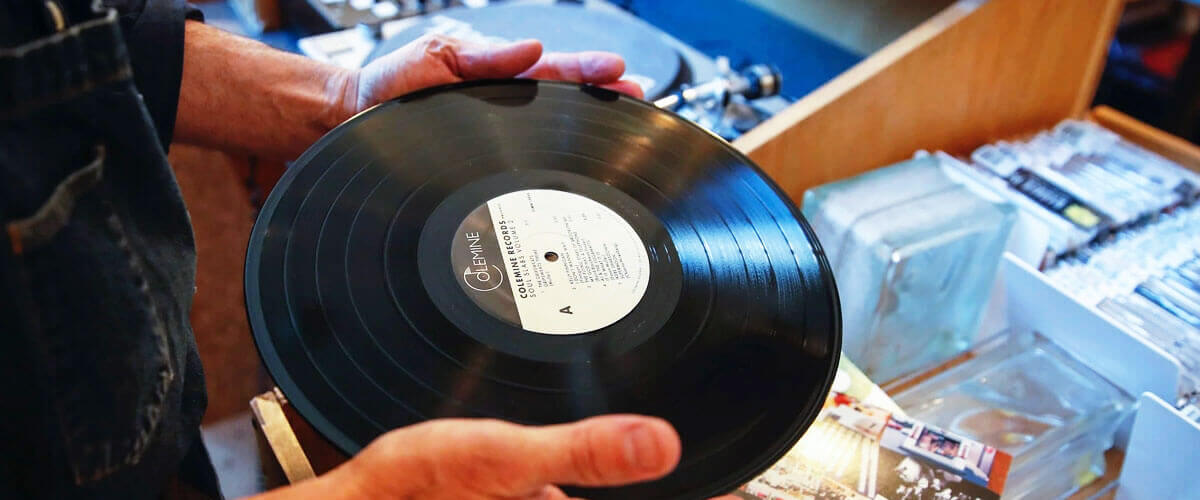
Long before the LPs and the 45s advent, the 78 RPM records reigned supreme. Introduced in the late 19th century, these discs quickly became the backbone of the music industry, offering listeners the opportunity to enjoy music outside of live performances for the first time.
Technical characteristics of 78 RPM Records:
- Material: Unlike the later vinyl formats, 78s were primarily made from shellac, a natural resin. This made them heavier and more brittle.
- Playback speed: As the name indicates, they revolved at a speed of 78 revolutions per minute.
- Capacity: Typically, they could hold around 3 to 5 minutes of music per side.
While the 78 RPM records brought music into homes worldwide, their limitations became evident as technology advanced. The brittle nature of shellac meant they were easily breakable. With the introduction of the microgroove technology in the 1940s, vinyl records, which were more durable and could store more music, began to replace the 78s. By the 1950s, the transition to the 33 1/3 RPM LPs and 45 RPM singles was well underway, marking the end of the 78’s era of dominance but ensuring its place in the annals of music history.
10-inch and 12-inch records
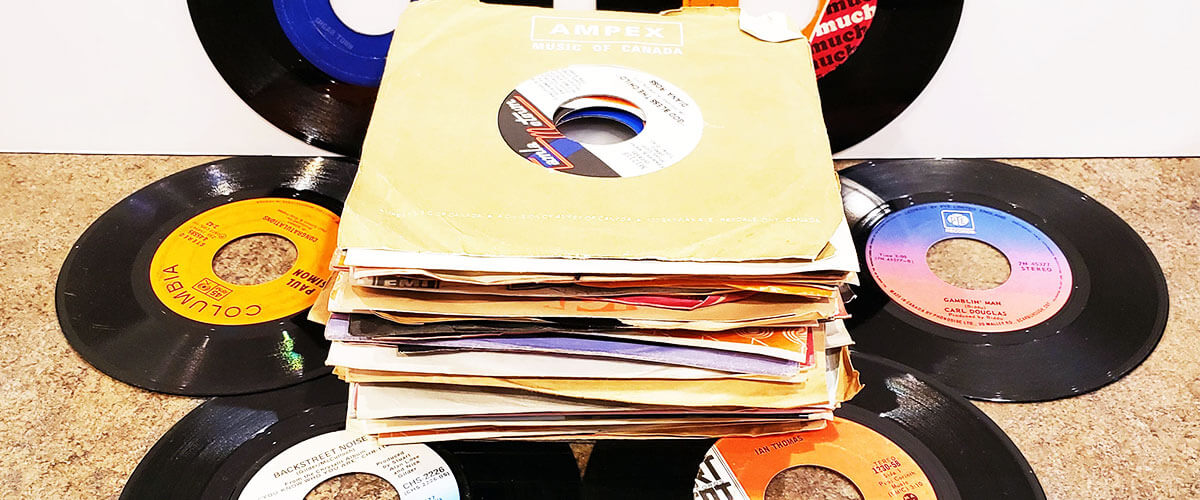
10-inch records:
Historically, the 10-inch record size was quite popular, especially in the era of 78 RPM records. Made of shellac, they typically housed one song per side. With the rise of microgroove technology and the transition to vinyl, 10-inch records persisted, often utilized for EP releases or special collector’s editions.
12-inch records:
When contemplating “how wide are records” in terms of physical dimensions and their impact on music, the 12-inch record stands out. Spinning predominantly at 33 1/3 RPM, it swiftly became the standard format for full-length albums. This width provided ample space for grooves, ensuring a longer playback time. Such space granted artists the liberty to produce extended, intricate compositions, evolving the music album into an artistic masterpiece.
FAQ
What’s the difference between mono and stereo records?
Mono (monophonic) mixes sound into one channel, giving uniform audio from all speakers. Stereo (stereophonic) divides audio into at least two channels, offering a multi-dimensional listening experience with varied sound directions.
Can I play 78 RPM records on a standard turntable?
Most modern turntables cater to 33 1/3 and 45 RPM records. Some support 78 RPM but always check compatibility. Using a special stylus for 78s is also advisable.
Are all vinyl records black?
No. While black vinyl is common, colored varieties like red, blue, and picture discs exist. Sound quality remains largely consistent, though some prefer traditional black vinyl.

